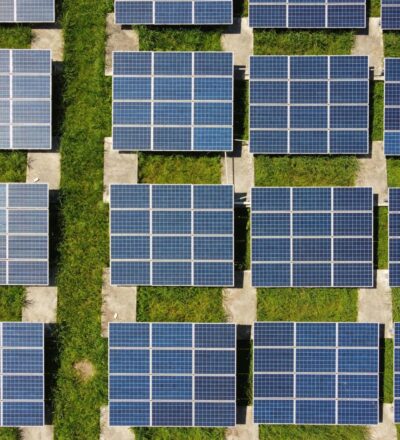Electrification is the best way to reach sustainability goals. Yet, solar and wind energies are fickle and their output changes regularly. How to with deal with unstable energy output? To answer this question, magazine NPT Procestechnology interviewed our experts Andreas ten Cate (System Integration) and John Harinck (Industry 4.0) on their views on the future energy system.
Electrification offers the process industry the best opportunities to reach their sustainability goals. Yet, solar and wind energies are fickle and their output changes regularly. Green power thus offers companies active in the industry a good prospects for reducing CO2 emissions, but is not stably available.
How to deal with shortages and surpluses?
Andreas ten Cate is our program director System Integration. In the NPT interview he explains his viewpoint on the future energy system along a graph in which he relates the annual duration curve for green electricity to the consumption of the industry. The curve indicates how many hours per year a certain level of supply is achieved.
Andreas explains: “There will be moments of oversupply and moments of shortage. There has to be a solution for that.” You could, for example, install energy storage to capture the surpluses or temporarily scale down your process in times of shortage. His conclusion is clear: we all need to start making sure that we work towards avoiding shortages and use the surpluses efficiently. The technical challenge is that you have to balance across timeframes. “You have to look very specifically at which processes take on which time scales and how are you going to link those. The bottom line is that we have to realize a responsive industry, which moves along and can adapt to the energy supply of the future. Electrification requires adaptability and flexibility.”
Flexibility is essential, and we must adapt to fluctuations
Andreas ten Cate – expert on everything sustainable
Flexibility should be included from early on
According to John Harinck, who runs our Industry 4.0 program and the e-Missi0n project, many companies are busy identifying options for sustainability, including electrification. But they have little attention to flexibility and adaptivity. Two aspects that have to be included from early on, John advocates.
In the e-Missi0n project Shell, Dow, TNO and the ISPT are exploring the possibilities for electrification of naphtha crackers. This project is part of the RFO program for Mission-Driven Research, Development and Innovation (MOOI), in which 2 different routes that lead to the electrification of the cracking process of olefins are researched.
Companies pay too little attention to flexibility and adaptivity
John Harinck – expert on digitalisation and artificial intelligence
“For electric cracking, huge amounts of electricity are required. That means you irrevocably run into the issue of availability. Companies have to start thinking about a production process that can run in partial load, about buffering in the production chain or to how to temporarily store energy. There is also an economical aspect to it: both from terms of production costs and business security.”
Andreas: At ISPT, we have the experience and expertise to facilitate dialogue across the chains, we bring parties together so that we can make the right choices together. We connect stakeholders across sectors and disciplines in a trust-based environment, to accelerate innovation and provide a driver for the sustainability transition.
Dit artikel werd eerder gepubliceerd in magazine NPT Procestechnologie en op npt.pmg.nl
